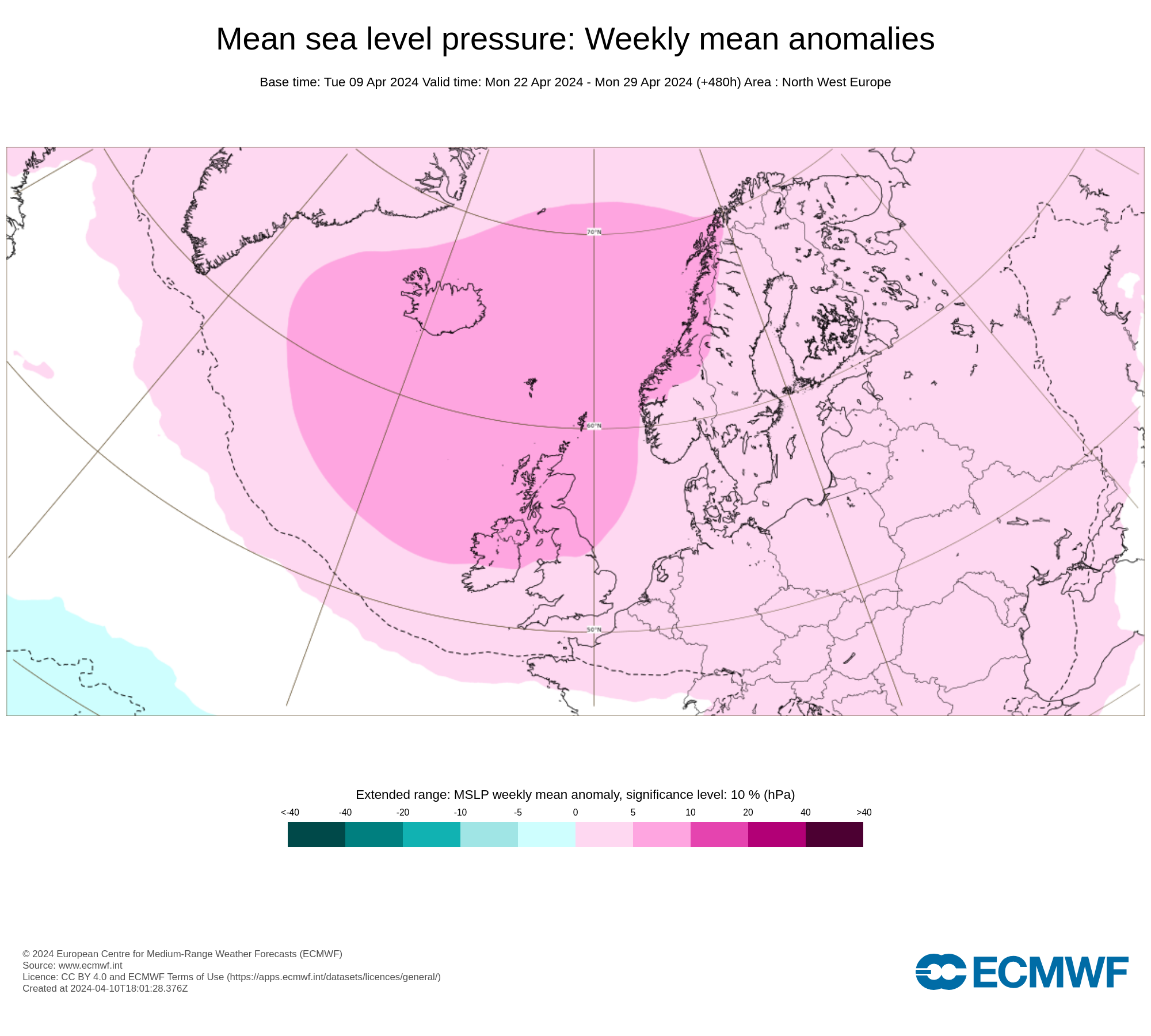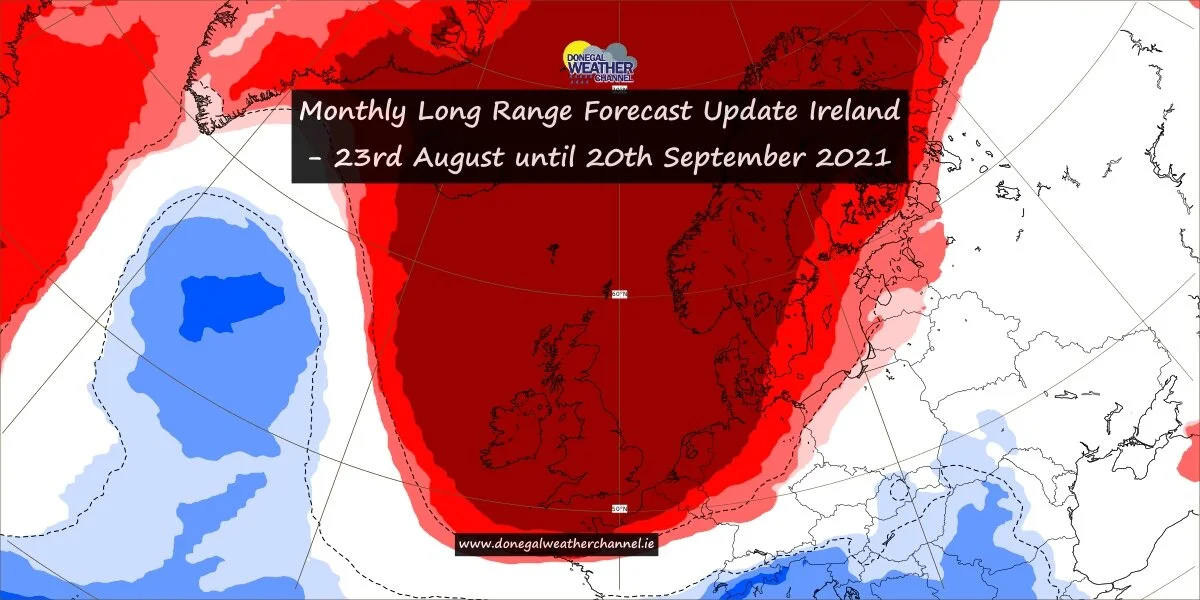HEATWAVE EUROPE - Temperatures set to rise as high as 45C in parts of Spain this week
The “unusual” temperatures for the time of year follow the hottest May in at least 100 years in Spain, Ruben del Campo, spokesman for the Spanish Meteorological Agency (Aemet) said.
He told AFP that the current heatwave would bring “extreme temperatures” and “could last until the end of the week”.
The mercury will rise above 40 degrees Celsius (around 104 degrees Fahrenheit) in the day in many Spanish towns and remain high at night, above 20 to 22 degrees, he said.
According to Spain’s national weather agency, the earliest heatwave on record was recorded on June 11th 1981, making the current episode of soporific heat the second earliest heatwave on record in Spain as it began on Sunday June 12th 2022.
There was a period of extreme heat recorded in May in Spain, but in order for meteorologists to officially consider scorching weather to be una ola de calor (a heatwave) it must last at least three days and temperatures must exceed seasonal thresholds by 10 percent.
The heatwave is also set to hit other parts of Europe, such as France, in the next few days, del Campo warned.
France’s weather service said the heatwave would hit southern regions from Tuesday night, worsening a drought across much of the country that is threatening farm harvests.
From Wednesday, much of France will be sweltering in temperatures that could reach 38 or even 40 degrees C — “extremely early” for the season — forecaster Frederic Nathan of Meteo-France told AFP.
Water use restrictions are already in place in 35 departments — around a third of the country — and utilities are urging farmers, factories and public service providers to show “restraint” to avoid further depletions of water tables.
Spain has experienced four episodes of extreme temperatures in the last 10 months.
A heatwave last August set a new record, with the temperature hitting 47.4 degrees C in the southern city of Montoro.
“This extreme heat is not normal at this time during the spring,” del Campo said, attributing it to global warming.
Temperatures were also “exceptionally high” between Christmas and New Year’s Day.
According to Aemet forecasts, temperatures could reach 43 degrees C in the southern region of Andalusia, especially the cities of Cordoba or Seville, in the next few days.
Since the pre-industrial era, Spain has seen temperatures rise by 1.7 degrees C on average, del Campo said.
Not only have temperatures become more extreme, he said, but periods of heat have become more frequent.
Summers in Spain, he added, “are a bit hotter every year and getting longer and longer. A summer lasts one month longer than in the 1980s.”
Apart from the consequences on human health, he warned of the environmental impact, with a high risk of drought and water supply problems, and more fires.
Recent science has shown beyond any doubt that climate change has already increased the frequency and intensity of heatwaves, and that worse is on the horizon no matter how quickly humanity draws down carbon pollution.
Earth has already warmed 1.1 degrees C since pre-industrial times.
The decade from 2011 to 2020 was the warmest on record, and the last six years the hottest ever registered.
















